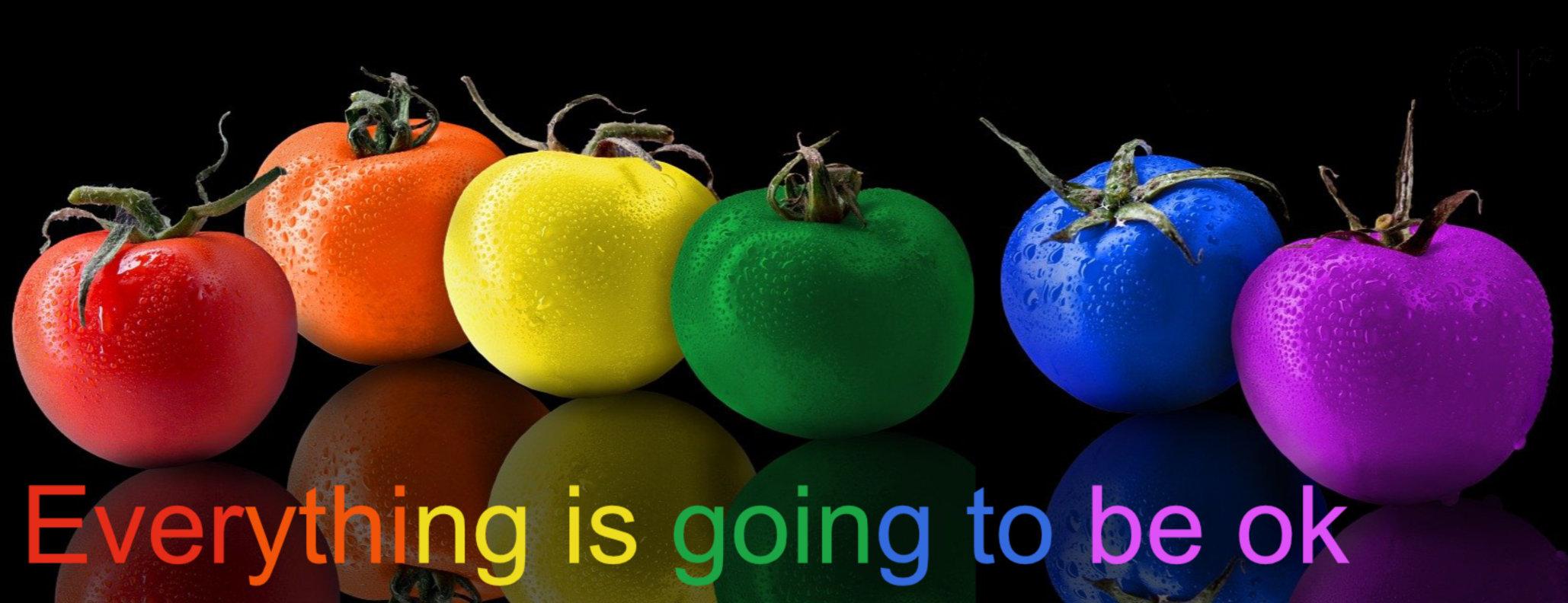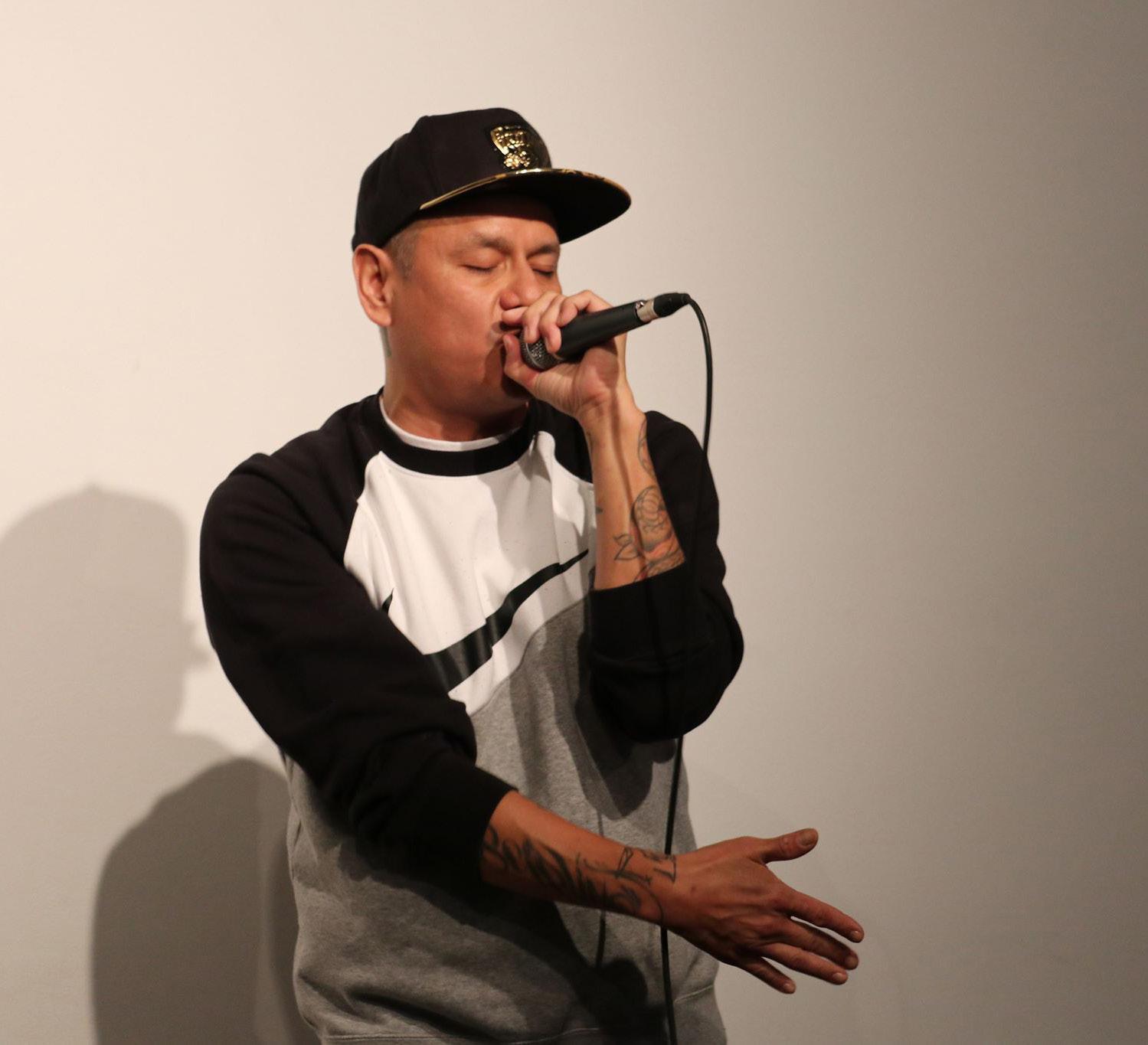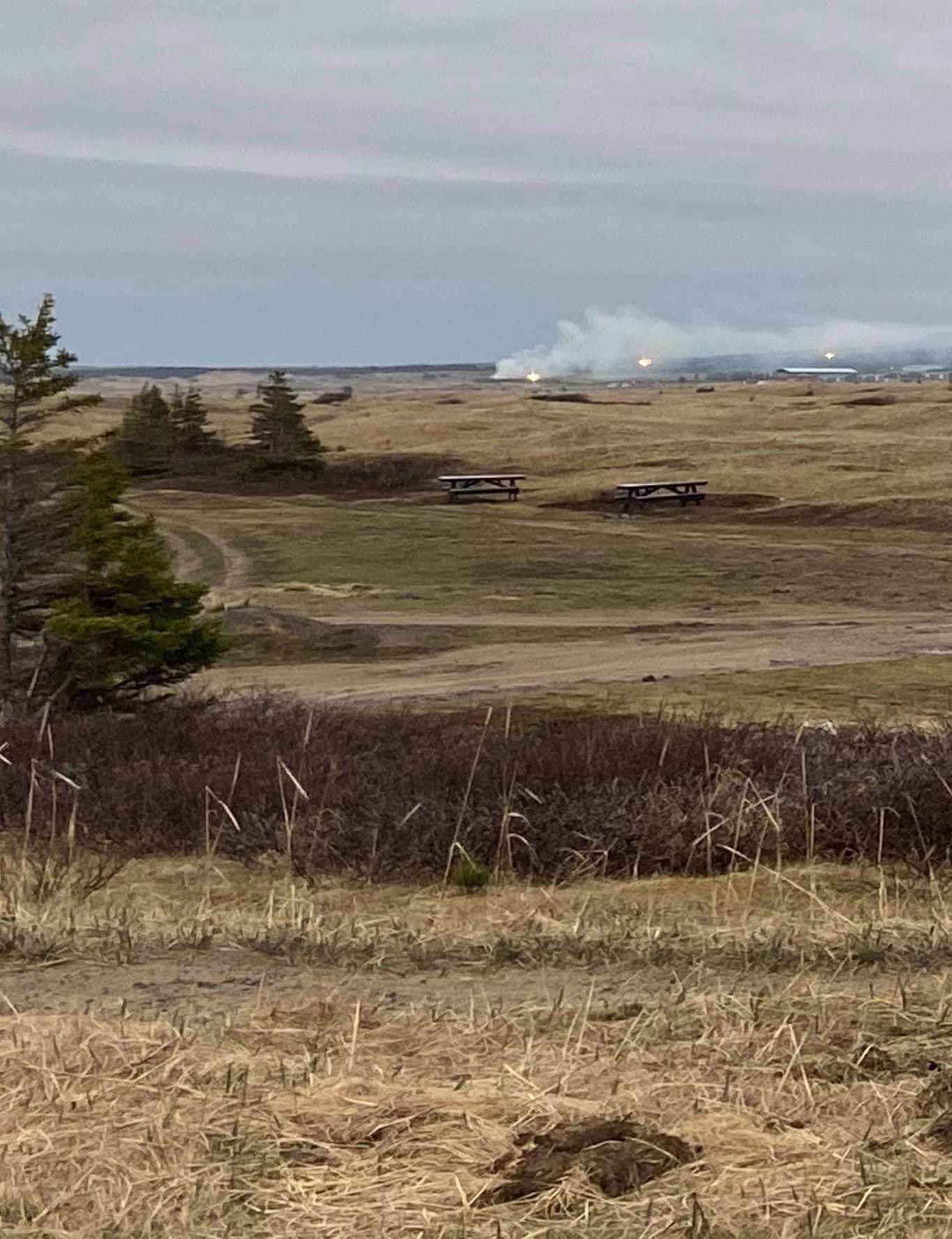In Brief Eskimos put on ice Facing growing pressure from the public and sponsors, Edmonton’s Canadian Football League franchise has made the decision to drop the word “Eskimos” from their name. The team made the official announcement July 21. The news came just one week after Washington’s National Football League franchise announced it would be dropping “Redskins” from its name and merchandise after an internal review. But, timing aside, Edmonton wasn’t exactly quick to follow suit. It appeared the team would be digging in and staying the course in the weeks before TSN broke the story on July 16 of an internal decision to change the name. On July 3, the team’s Twitter account referenced a “research and engagement program” that showed “significant support” from the Inuit community in keeping the name. The engagement program filed its report last February 14. According to that report, 45% of Inuit people surveyed said the team should change its name. However, the team was also unwilling to release the data to the public. Then, on July 8, CFL sponsor Belairdirect, an insurance company that also sponsors Edmonton’s 50/50 draw, said it would drop its sponsorship if the team did not change its
name. On July 15, Sports Interaction, the franchise’s exclusive online casino and sports gaming partner, officially requested the a name change As in Washington’s case, the threat of losing sponsors proved to be the ultimate motivating factor in dropping the name. The word Eskimo is said to translate to “raw meat eater” and is largely viewed as a derogatory term towards Inuit people.
Indigenous policing Heightened focus on police brutality towards minorities has led for calls to defund police forces across North America. However, often underfunded Indigenous police forces have been doing more with less for decades in Indigenous communities. Since its creation in 1994, the Nishnawbe Aski Police Service (NAPS) has had no case in which an officer shot and killed a person, nor has an officer been killed in the line of duty. Its untarnished record comes despite the service being chronically underfunded and responsible for over 38,000 people spread across 34 northern Ontario communities. Now retired, former NAPS Chief Terry Armstrong recently told The Globe and Mail that most people would be shocked to find out just how underfunded Indigenous police services are across Canada. And while the NAPS has been highlighted by the media recently,
Bill Namagoose, Executive Director of the Cree Nation Government, was quick to remind people via Twitter that the Eeyou Eenou Police Force (EEPF) record is every bit as impressive – and is 10 years older. “[The] Cree Nation police force have never shot at anyone in 36 years of policing. The 110 constables serve nine communities with a population of 20,000. All incidents are deescalated,” wrote Namagoose. He later clarified that there has been one incident where an EEPF officer had shot a person while in the line of duty, but that the wound was not life-threatening. Part of each police force’s success comes from hiring their own. The NAPS currently employs 203 officers and, according to Armstrong, around 60% of them are Indigenous. On the EEPF’s side, William MacLeod was recently named Chairperson of the Cree Nation Police Commission.
NB language law A bill that would make it mandatory to teach Indigenous languages in New Brunswick public schools passed through a committee of MLAs unopposed by all four parties July 14. The bill, introduced by Green Party MLA Megan Mitton, isn’t necessarily intended to create fluent speakers, but to create awareness and appreciation of Indigenous languages in students. It would strengthen a bill
passed in 2017 that requires the New Brunswick public schools to teach Indigenous history and culture. However, Andrea Bear-Nicholas, professor emeritus at St. Thomas University, worries the bill may take valuable resources away from Indigenous language immersion programs in the communities. “The plan to require Indigenous language in all public schools may actually draw away the resources we need, financial and human, into doing the immersion kind of project that is desperately needed before our language is going to be gone,” BearNicholas told the CBC. But the bill’s sponsor believes its implementation will ultimately be driven by First Nations through consultations. “The department would need to work on the curriculum... while doing consultation with First Nations,” said Mitton. “There are different ways this could look.” The bill will be voted on by members of the NB legislature this fall.
Telefilm inclusion plan Canada’s federal agency dedicated to the audio-visual industry, Telefilm, has announced a new Equity and Representation Action Plan. The Crown Corporation says it’s the first step towards creating a more equitable and inclusive industry. The document includes seven strategies that include expanding financing programs for creators from underrepresented communities; a new development streams for filmmakers from visible minorities; creating four new positions for Black, Indigenous and other people of colour; as well as promising that 50% of its new employees and 30% of new management hires will be from “underrepresented identities” by 2023.
www.nationnews.ca July 31, 2020 the Nation 9







